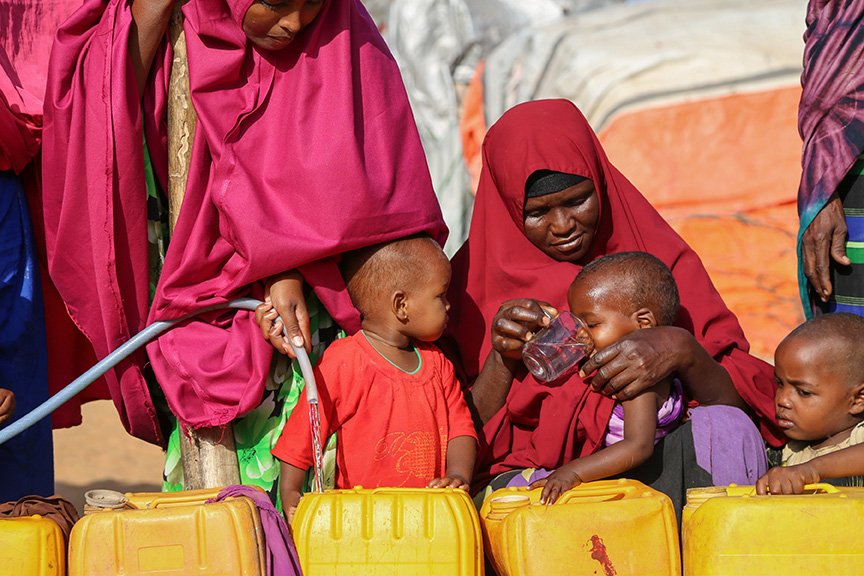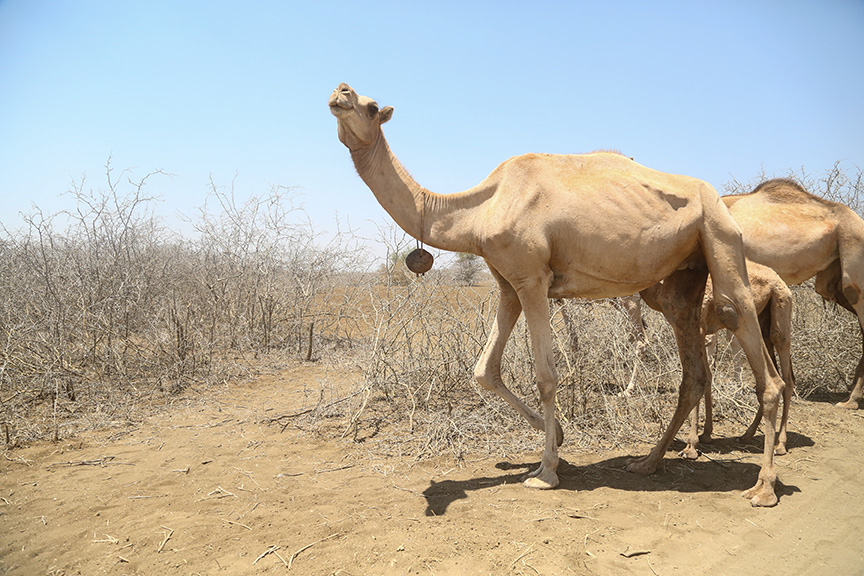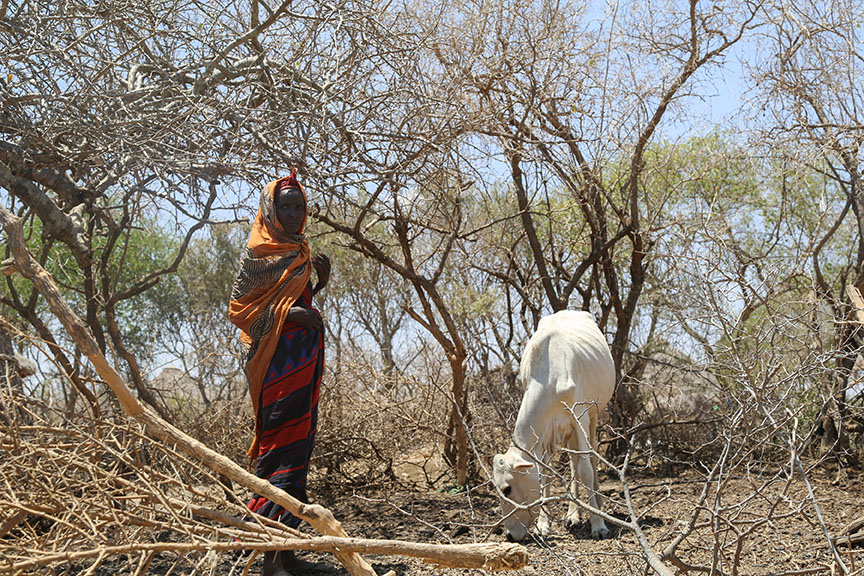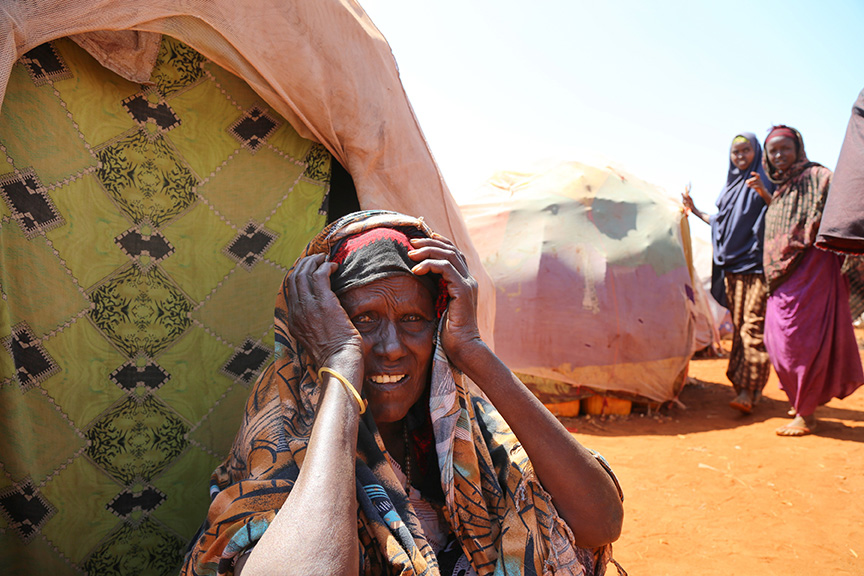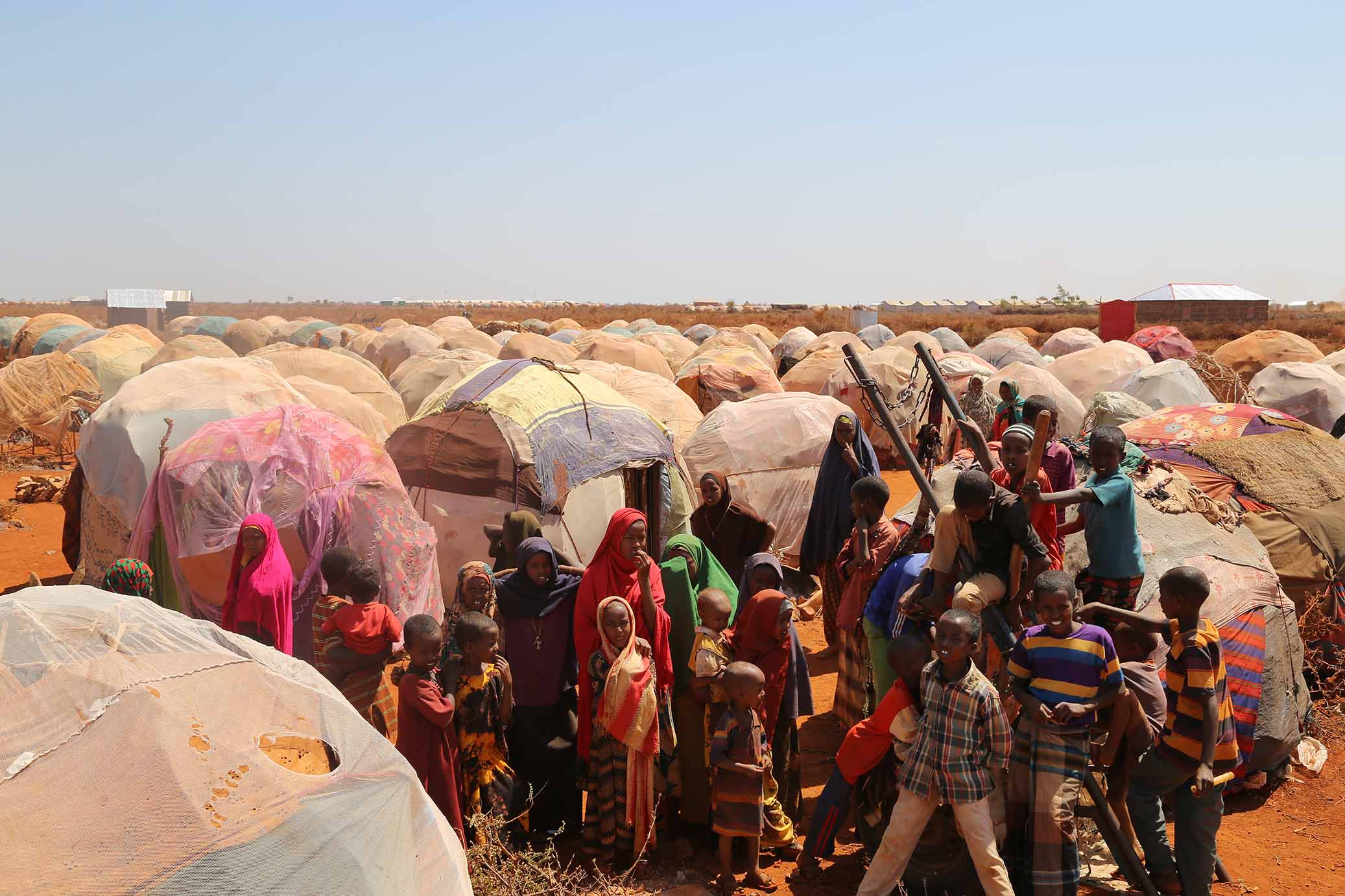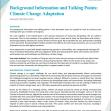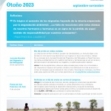Somalia Food Crisis: Facts & How to Help
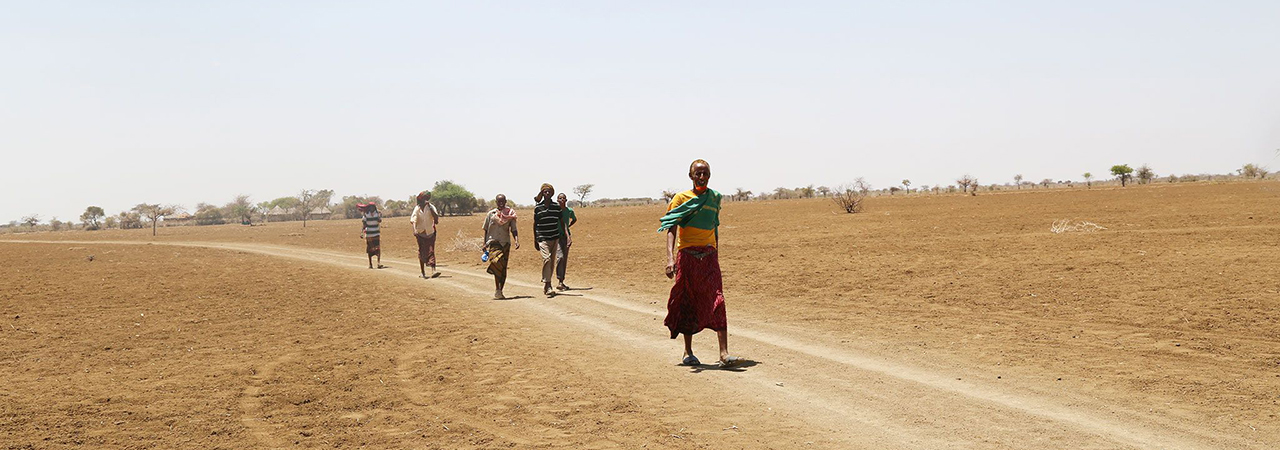
Background
In addition to the war in Ukraine leading to record-high inflation, decades of political instability, an extreme drought, and impacts of COVID-19 have devastated Somalia.
These factors have led to the displacement of nearly 3 million people across the country. Families have had to leave their homes in search of food, water, and more fertile land. This forced migration has led to conflicts over resources, which in turn causes more migration - a vicious cycle.
Right now, up to 7 million people are in need of humanitarian aid - 5 million of whom are children. Without emergency support from the international community, these families are facing life-threatening levels of hunger.
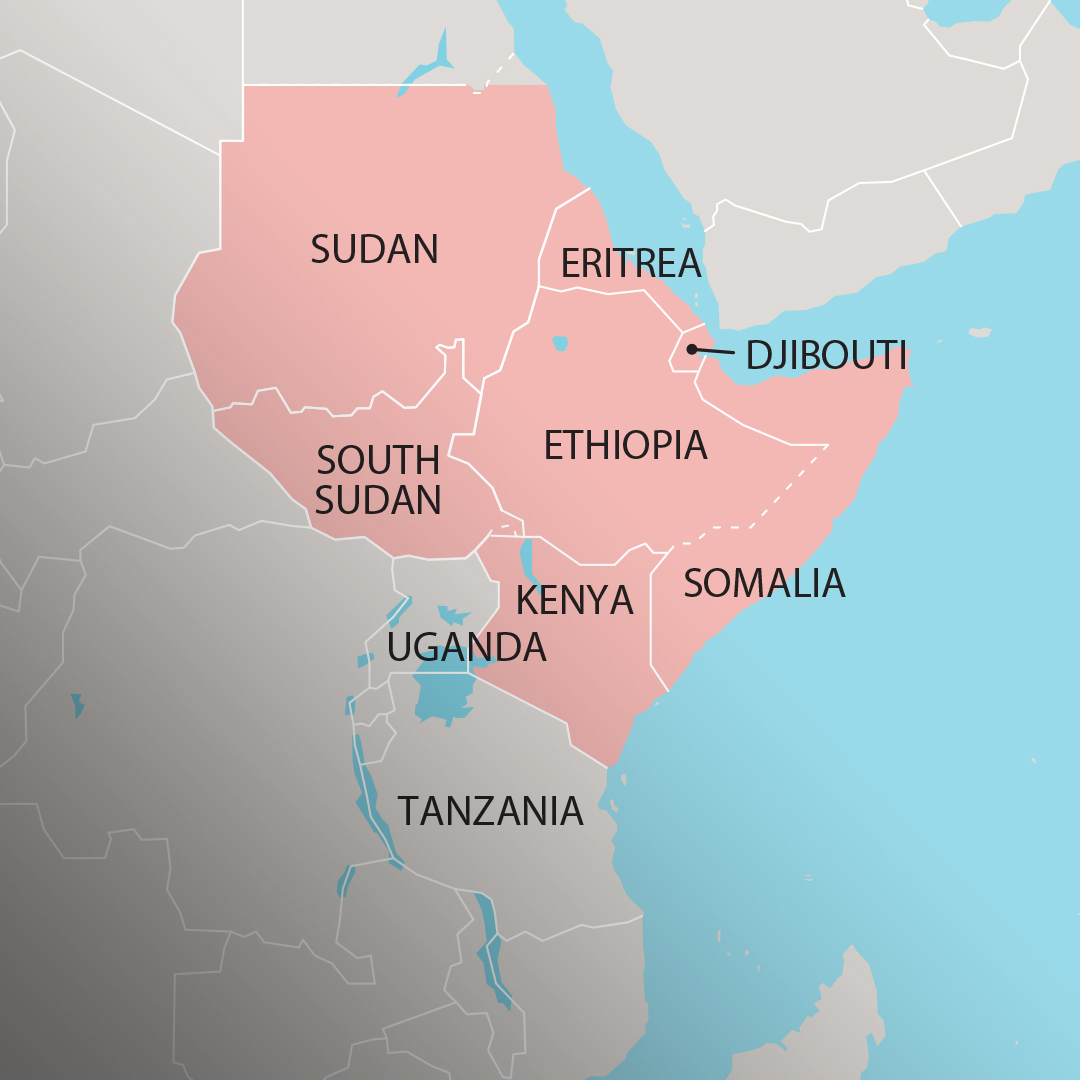
Our Experts
Catholic Relief Services experts can talk about work to respond to this crisis in Somalia. Please email [email protected] to schedule an interview.
Conflict
Conflict in Somalia has made it difficult for families to find stable employment, making it harder for them to buy food.
Climate
East Africa is experiencing its worst drought in 40 years. Thousands of farmers have lost crops and livestock.
Costs
The outbreak of war in Ukraine has dramatically impacted Somalia's ability to import food, causing an increase of prices.
Six Facts About Somalia
- Somalia has the second-largest coastline in Africa - beaten only by the island nation of Madagascar.
- According to the Global Hunger Index, Somalia is not only the hungriest country in Africa but in the entire world.
- The country won its independence in 1960. Prior to this, it was a territory of Italy and the United Kingdom.
- Somalia is one of three countries in East Africa that has lost thousands of crops over the past four years of failed rainy seasons. A fifth failed season is expected later this fall (FEWSNET).
- A variety of wild animals live in Somalia, including cheetahs, lions, giraffes, baboons, elephants, antelopes, and more than 700 species of birds.
- Nearly 17 million people live in Somalia (U.N. World Population Prospects), more than half of whom are under the age of 24.
Where is Somalia?
Somalia is the easternmost country in Africa, near the Arabian Peninsula and the Arabian Sea. The country's unique shape makes up part of what is known as "the Horn of Africa."
Why is there a food crisis in Somalia?
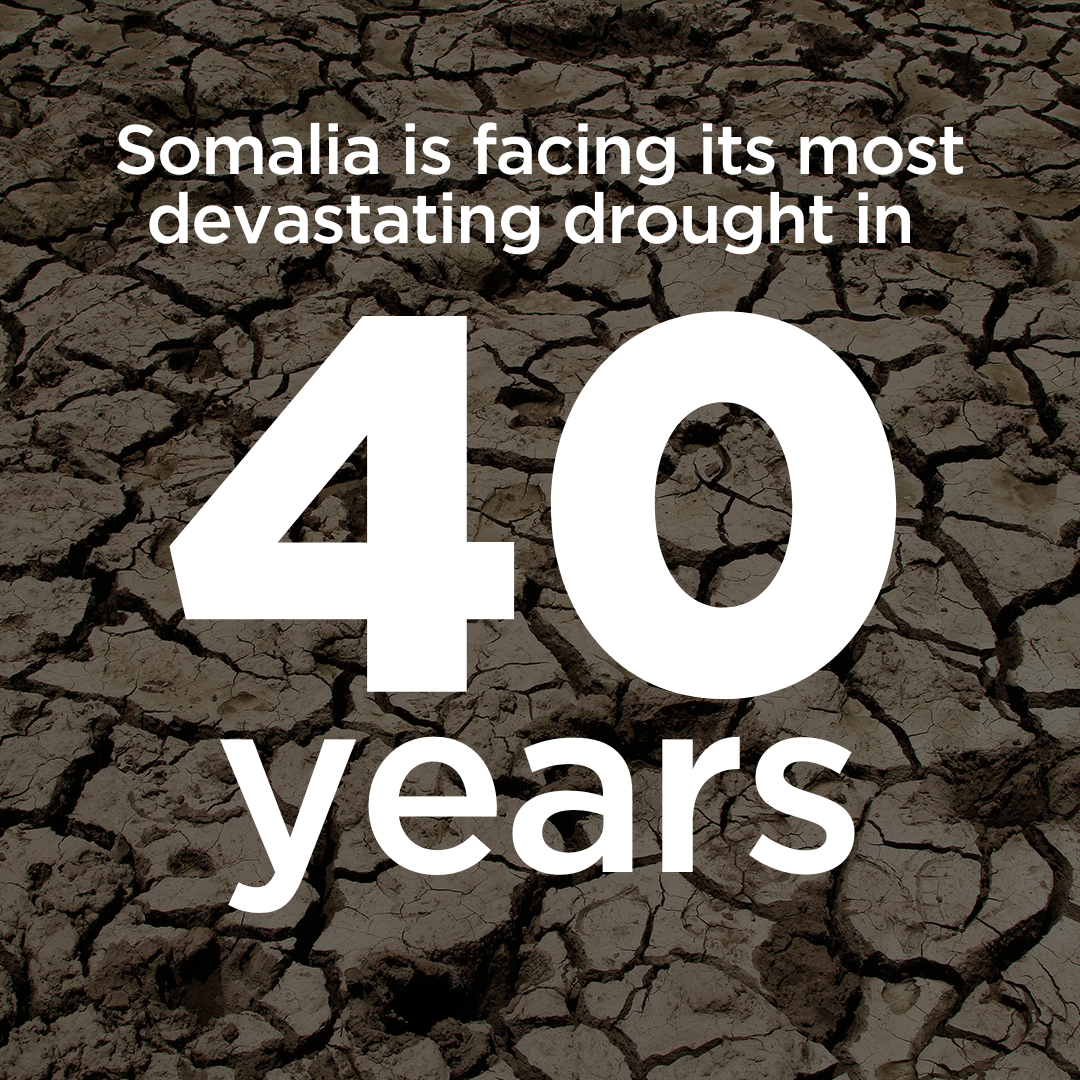
A climate change-induced drought in the country has caused four consecutive failed rainy seasons, leading to the wholesale loss of crops, livestock, and farmlands. Without enough rain, many people have been forced to move to try and find food, water, and more fertile land. Unfortunately, relief doesn't appear to be on the way, as the next rainy season - which begins this October - is predicted to fail.
Somalia struggles with conflict and political instability, which increases food insecurity among the populations, especially communities displaced by violence. When violence drives people from their homes, it becomes harder for families to find enough food to eat.
Like the rest of the world, Somalia has not escaped the economic impacts of COVID-19. Lockdowns, restrictions on movement, and supply chain delays have made it harder for people to sell their goods and earn an income. This also means that, over the past three years, many families have not been able to earn enough money to feed everyone, possibly leading to parents going without meals, or children suffering from malnutrition.
Somalia has also felt the sting of rising food and fuel costs. Much like here in the United States, prices have risen significantly in Somalia, reaching a 16.5-year high in July 2022. The outbreak of war between Russia and Ukraine - often referred to as the breadbasket of Europe - has also contributed to rapidly increasing prices, especially for commodities shipped to Somalia from Ukraine, like wheat and poultry. With no end in sight to the war, Somalia could long feel the impacts of a conflict thousands of miles away.
How many people in Somalia are starving?
Up to 7 million people in Somalia - more than the entire population of the state of Maryland - are expected to face acute food insecurity this fall, meaning their lives are in immediate danger due to their inability to consume enough food per day.
How can we help end hunger in Somalia?
Hunger is a complex problem given that it is driven by issues like conflict, climate change, and the global economy.
Donations to reputable organizations, like CRS, allow for a quick, tailored response to the communities most in need. But equally important is to push those in power, like members of Congress, to act now to save lives and provide long-term support.
You can join CRS' response through CRS' Hunger Campaign, a multi-year campaign to raise awareness, fundraising, and advocacy to end world hunger.
CRS Response
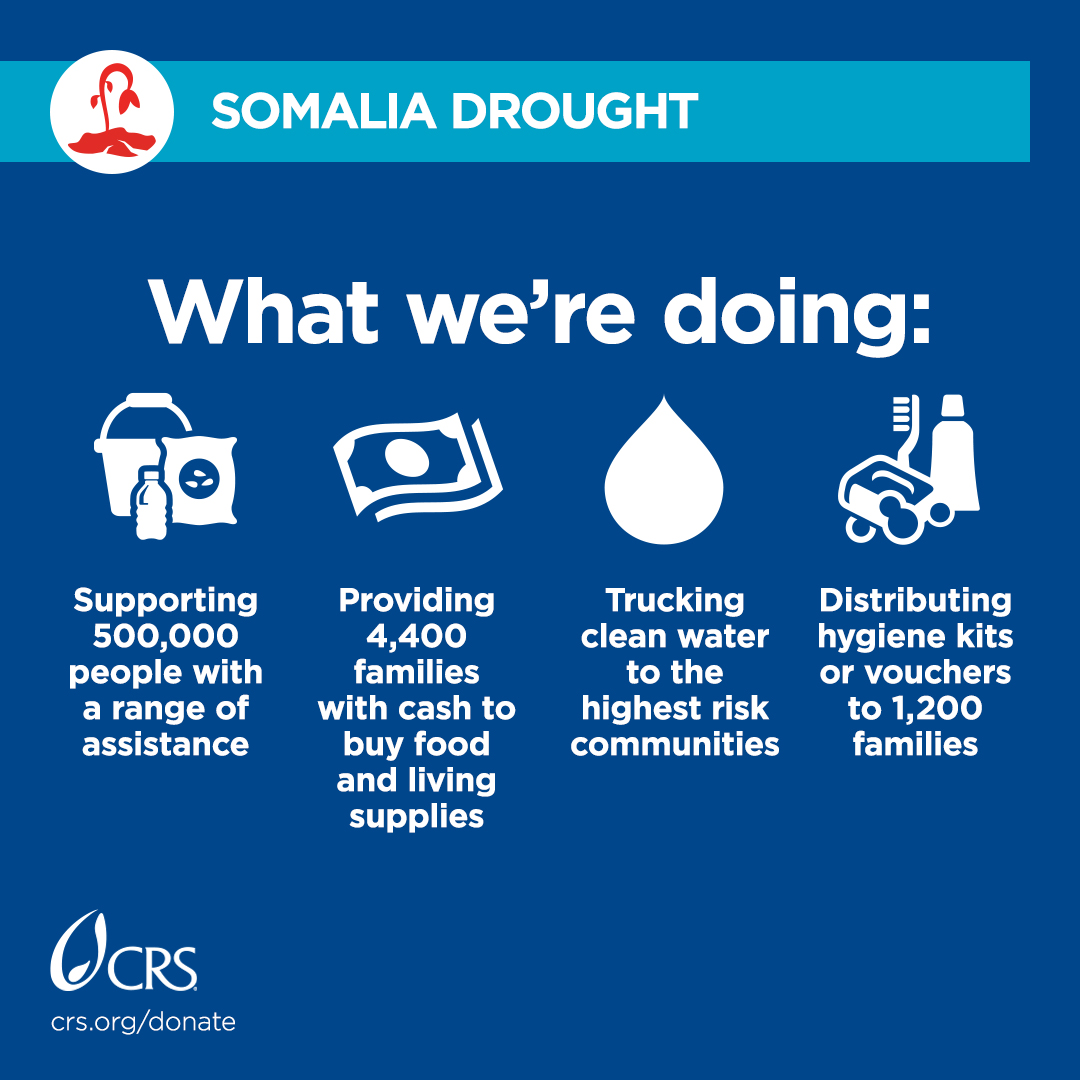
CRS also provides feminine hygiene kits for women and girls, who are especially vulnerable during times of crisis. In addition, CRS supports partners' health facilities and nutrition centers, which become even more important during a hunger crisis, since children under the age of 5 and pregnant or nursing mothers are the most likely to become undernourished. In fact, acute malnutrition in Somalia has already increased by over 40%
FAQ
What can I do to combat hunger?
The single most important fact about hunger is this: You can help end it. You can start at home by shopping and eating locally, aiming to achieve zero food waste, and by joining CRS in the fight to end this crisis. It will take time to end world hunger, and a willingness to persevere in times of no apparent progress, or even in the face of setbacks, but it can be done. If you're not already a supporter, you can join CRS' Hunger Campaign. By joining this initiative, you can learn the best way to educate yourself, family and friends, as well how to reach out to your congressional representatives and make your voice heard.
How else can you help?
Can you help us to get the word out?
Follow and retweet @catholicRelief and @CRSNews on Twitter for the latest updates.
